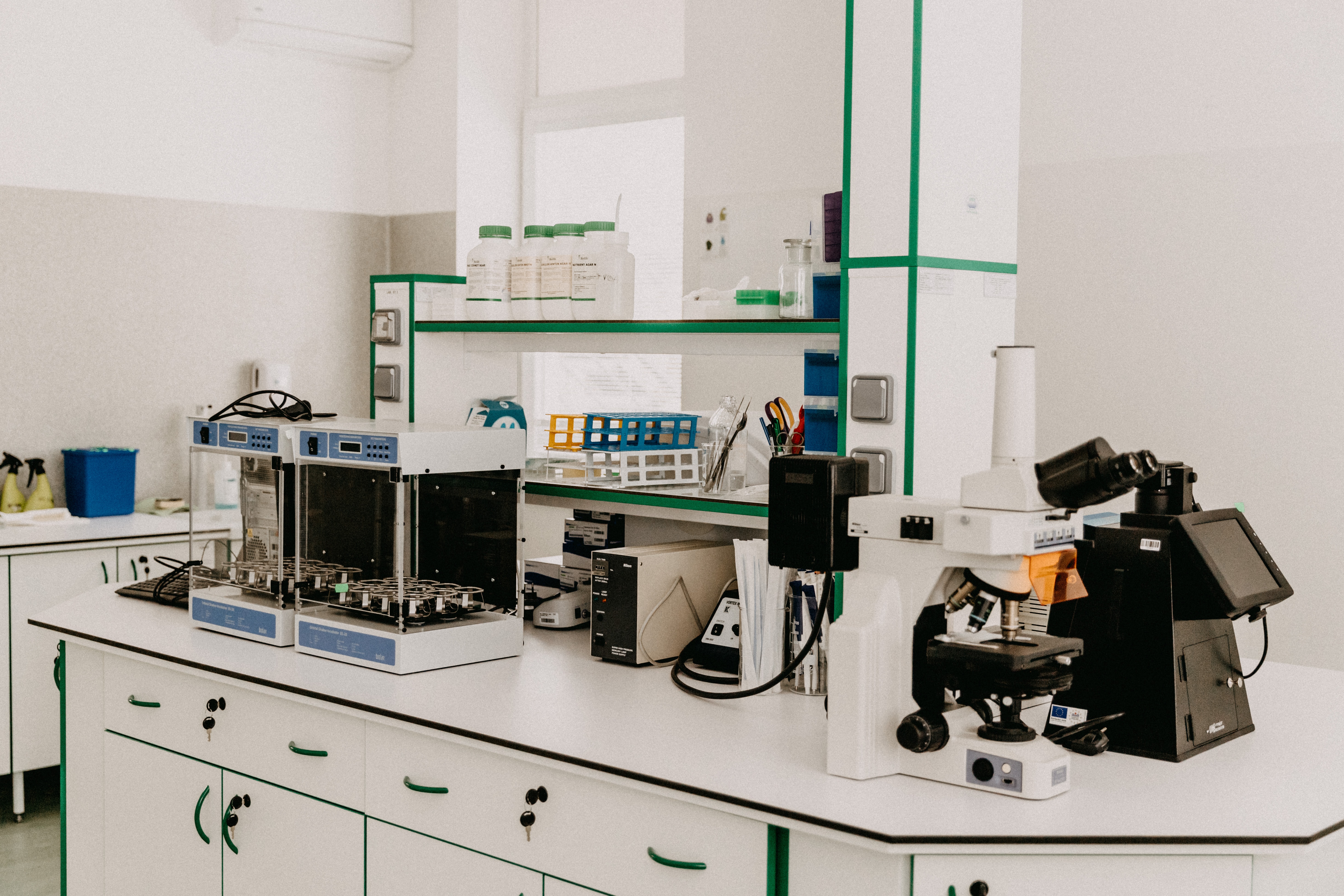
Regardless of whether it's a high school science laboratory, a medical research laboratory or scientific research facility, laboratories are hazardous environments and certain safety measures need to be implemented to prevent accidents. The following safety tips can help avoid common hazards and accidents in a laboratory.
- Basic Safety Protocols
Try to avoid working alone in a building and never work alone in a laboratory if the work you are doing presents an element of danger. Alert others to potential dangers when working with hazardous equipment or materials, or if there are any unusual hazards or conditions present. A laboratory is not the place for joking around. Distracting or startling someone working in a laboratory environment can cause an accident.
- Know Where to Go and What to Do in an Emergency
It is no use waiting for an accident to happen before you read through safety protocols and procedures. Understand what the safety rules and regulations are and what to do if there is an accident or emergency. Find out where the laboratory eyewash stations, safety showers and other decontamination equipment are located so that you can make your way there quickly should you come into contact with harmful substances. You should also know where fire extinguishers are located. Very often these are placed in a hallway outside the entrance to the laboratory. Know which exit routes to take should you have to evacuate the building in the event of a fire or other emergency.
- Wear Appropriate Safety Gear
When working with hazardous chemicals, take steps to protect yourself from harm. Wear appropriate personal protective equipment (PPE), for example, protective clothing such as a lab coat, apron, oversleeves, gloves, and protective eye and face protection such as face shields, safety glasses and splash goggles. Ensure PPE is well maintained and replace when necessary. Wear flat, sturdy, close-toed shoes that are less likely to slip and that will protect your feet from chemical spills. Remove jewelry such as rings that can tear gloves or get caught up in laboratory equipment, and ensure long hair is tied back. Never wear synthetic clothing when working with flammable liquids or if the working environment poses a high fire risk. Synthetic fabrics tend to melt easily and can stick to the skin, causing aggravated burns.
- Prevent Exposure to Harmful Chemicals & Vapors
It is good practice to minimize exposure to all chemicals, but it's particularly important to avoid skin and eye contact with chemicals. If you are uncertain whether a chemical is toxic or not, err on the side of caution and assume that it's highly toxic. To reduce the risk of exposure to harmful chemicals, ensure that you work with hazardous chemicals in a functional fume hood, and that the laboratory is well ventilated to prevent the accumulation of flammable or toxic fumes. When working with hazardous chemicals, remove contact lenses and wear well fitting safety glasses or goggles.
All chemical containers must be clearly labeled; unlabeled chemicals should not be used. Do not sniff chemical substances or suck pipettes or tubes to start a siphoning action. Never eat, drink, store food and beverages, or apply makeup in areas where hazardous chemicals are stored or used. Refrain from using fume hoods to evaporate and dispose of volatile solvents and never pour chemicals down a drain to dispose of them in the sewer. Always rinse exposed areas of skin well before leaving the lab.
Working in a laboratory poses an element of risk. But hazards and accidents can be avoided by taking the necessary safety precautions.


![Join Sterlitech at BIO 2024 [Booth #5558]: Exploring the Future of Biotechnology](https://www.sterlitech.com/media/magefan_blog/b4.jpeg)

